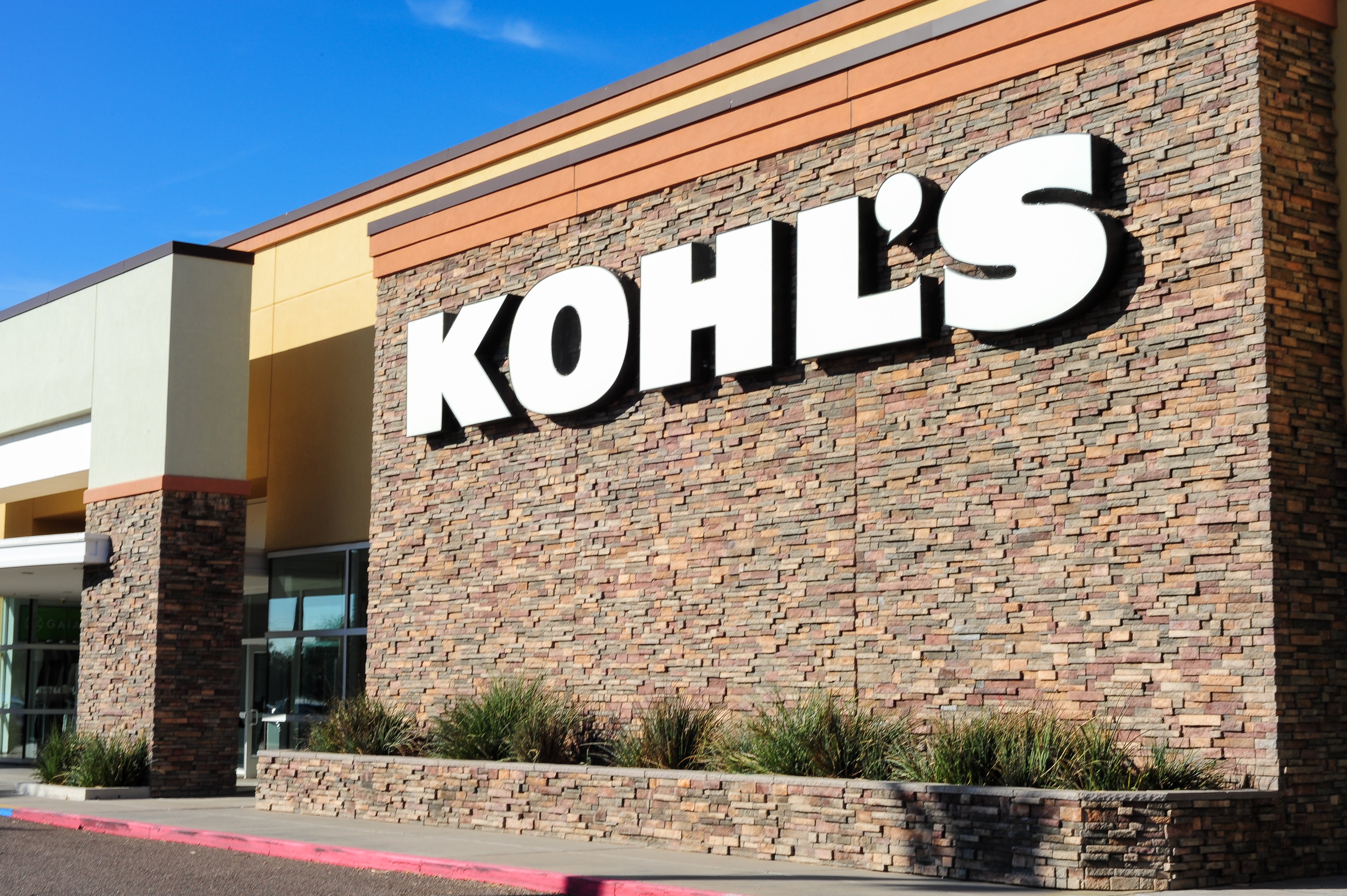Around the turn of the century, Kohl’s was the hot new kid on the retail block, expanding at a ferocious pace and driving the competition crazy (sometimes out of business too). The brand’s formula emphasized family apparel and footwear, but also its home department—especially bed and bath.
That seems so long ago now. As Target and Walmart continued telling better fashion stories, the TJX brands and other off-pricers expanded, and Macy’s got ever more promotional, Kohl’s hit a retail wall, losing 17 percent of its market share between 2011 and 2022. It didn’t help that management made a number of stumbles, including a return partnership with Amazon, investments in athleisure and beauty categories, and a play for millennials that did not bear fruit. Add in a gratuitously complex promotional program that bordered on the absurd—seemingly requiring an advanced degree in calculus from MIT to understand—and, well, it wasn’t a pretty picture. The retailer’s financial performance has been subpar for years, and its stock has underperformed.
So, the retailer’s March announcement of a dramatic expansion of its home merchandising strategy by 40 percent is intriguing on many levels. As both a recognition that it lost its way and an acknowledgement that home furnishings could be a key in turning around its business, it signaled a new direction under CEO Tom Kingsbury, the grizzled retail veteran who took over Kohl’s last year and is trying to undo all those years of neglect.
Will home do the trick? With the entire category accounting for about 15 percent of the retailer’s overall $16.6 billion in annual sales (down from $19.4 billion just three years ago, when home was over 20 percent of its total volume), the question is whether a shake-up will move the needle enough to make a difference.
A visit to a Kohl’s in the greater Atlanta metro area revealed that the brand is making a terrific start on its promise to elevate home. Granted, it was just one store on one day, but it’s probably the best Kohl’s home department this retail reporter has seen in years—maybe decades.
The home assortment still skews heavily toward soft home textiles, notably bedding and bath. What’s new is that there are more display beds than one would find in a typical Kohl’s just a few months ago. Signage is clean, clear and spirited.
The company’s previously muddled mix of private-label and national brands seems to have settled into a nice balance with its Sonoma flagship house label blended with names like Vera Wang (the Simply Vera sub-brand), Serta and Uggs (the Koolaburra sub-brand), as well as the captured Draper James RSVP brand first developed by Reese Witherspoon.
The small appliance and cookware side of the department remains smaller than soft goods. That’s always been an underdeveloped category at Kohl’s not helped by a one-time emphasis on a Food Network house brand that failed to compete with well-known names. Today, the mix features more marquee players, including Oxo, Hamilton Beach, Toastmaster and Dash, in addition to Bissell and Hoover in floor care. Food Network product is still on the selling floor, but in a decidedly smaller role.
Displays throughout the department are engaging, with product shown on what old-timers still call “Gap tables,” end caps and vendor-supplied fixtures. A canopy hanging over the home decor area seems to be inspired by similar fixturing at Target—but hey, if you’re going to copy a competitor’s idea, at least Kohl’s picked up a good one.
There’s even a little outdoor furniture area, which is likely to be in a seasonal swing space that will convert to other uses as the year progresses. Plus, as shoppers enter the store, a display of gift merchandise greets them—another part of Kingsbury’s new strategy.
In general, it’s clear that home has a much bigger footprint on the selling floor, perhaps even outweighing its 15 percent portion of the overall volume of Kohl’s. The company says it is beefing up some areas of its home assortment and adding in new categories like wall art—although it’s hard to tell where other departments were cut back to accommodate the expansion.
Of course, like any retail redo, it’s a work in progress. Product doesn’t always align with signage, and the kitchen area still needs work to be truly competitive with stores like Macy’s and Target. Most of the home department was on sale the day of this visit, an occupational hazard (and habit) Kohl’s will need to find a way to temper. Online, shoppers can find more than in stores, indicating that the digital component of the home rebuild strategy appears to be further along.
But it’s a remarkable effort so far. The true test will be if Kohl’s sticks with the plan even as the home business continues to struggle in the pandemic aftermath. The retailer also remains deep in the middle of the marketplace, a space in consumer spending that is weaker than luxury above and deep discount below. Nobody in the middle is doing great right now, and that is something no amount of merchandising tinkering will be able to fix.
Back in its heyday, Kohl’s was one of the most innovative, exciting places to shop in the country, and with this dramatic remerchandising of home, it seems to be headed back in that direction. At long last.
____________
Warren Shoulberg is the former editor in chief for several leading B2B publications. He has been a guest lecturer at the Columbia University Graduate School of Business; received honors from the International Furnishings and Design Association and the Fashion Institute of Technology; and been cited by The Wall Street Journal, The New York Times, The Washington Post, CNN and other media as a leading industry expert. His Retail Watch columns offer deep industry insights on major markets and product categories.




























